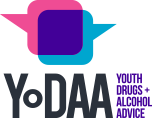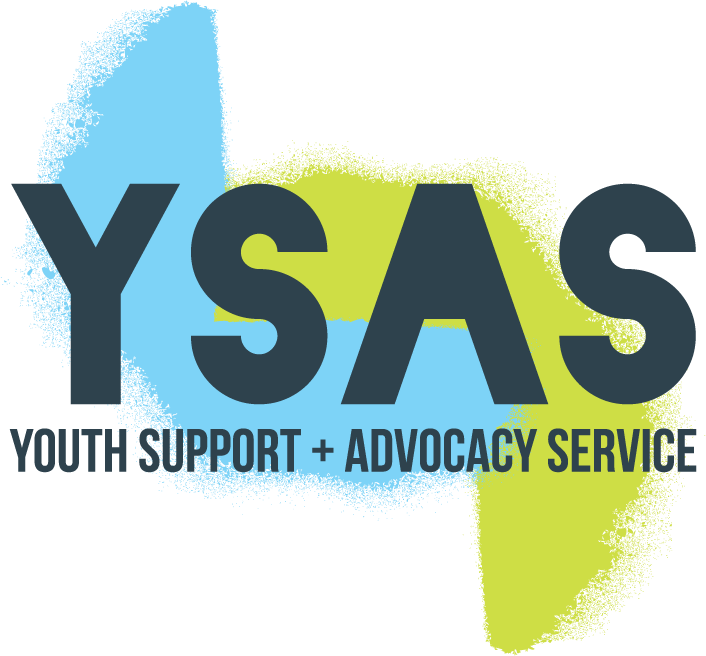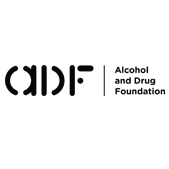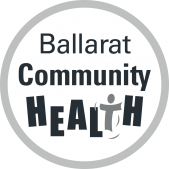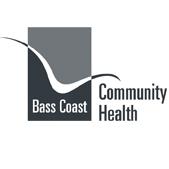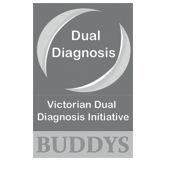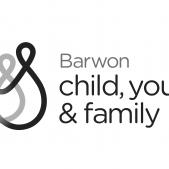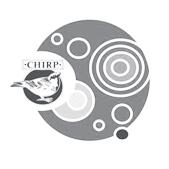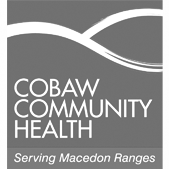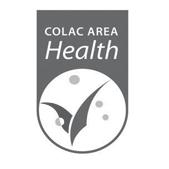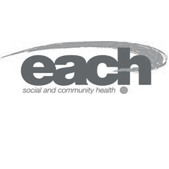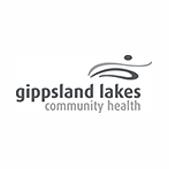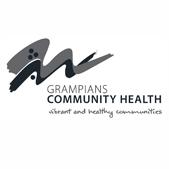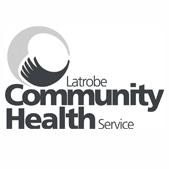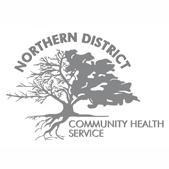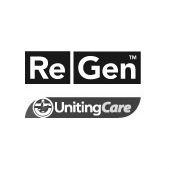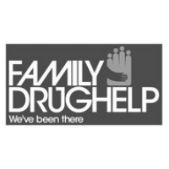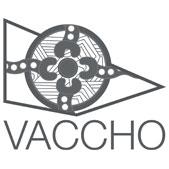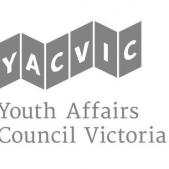Youth AOD Work
Why does AOD work need a specialist youth approach?
Youth AOD work is not simply a "younger version" of AOD work with adults. Understanding how and why a youth specific system was developed can remind us today of how important a youth approach is.
Youth-specific AOD services are relatively new. Victoria remains the only state in Australia with a discrete, fully-integrated youth AOD service system. The Premier’s Drug Advisory Council (PDAC), chaired by Professor David Pennington, developed the service system in 1998 following an inquiry launched in response to the heroin glut which saw public trade and use of heroin soar, as well as the rate of fatal overdose. The state’s lack of youth-specific AOD services was a key finding of the inquiry.
The PDAC stated that ‘... there are large gaps in the network of services available to support young people, particularly those with serious drug abuse and related problems’. (PDAC 1996, p. 95)
One ‘gap’ identified was absence of a youth-specific residential withdrawal unit. Existing residential withdrawal units didn’t formally exclude young people, however, placing a teenager in a unit with adults (who had often been using drugs for many decades) was considered in some ways placing the teen at greater risk. Likewise, the existing model of AOD work was focused on office-based appointments and formal counselling. This mode of treatment was a barrier to young people with problematic substance use, who found it difficult to make or meet appointments.
It was identified that young people were unlikely to have accessed AOD services and consequently wouldn’t know how to find them. It was also understood that young people would likely be contending with concurrent issues such as homelessness or mental health problems and it was therefore unlikely they’d seek out office-based services on their own.
Following the PDAC inquiry, a youth-specific withdrawal unit was funded, in addition to a youth-specific AOD service. Youth workers with an understanding of developmental theories and age-appropriate modes of engagement were trained to perform AOD work. Outreach was adopted as the primary mode to deliver interventions and to actively identify and engage young people. Workers were no longer confined by office-based settings or time-restricted appointments and were able to go to clients.
Prior to the inception of youth-specific services, only 9 per cent of episodes of care were related to people under the age of 21. In the year following the rollout of the youth-specific services, this figure had risen to 26 per cent. Specialist youth services had effectively engaged a population who were not previously accessing treatment.
